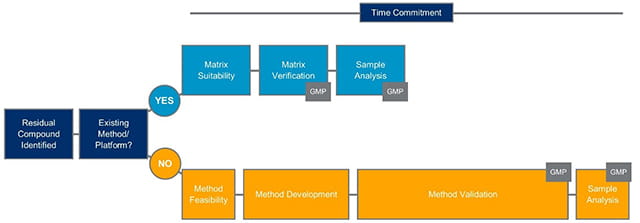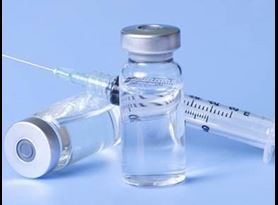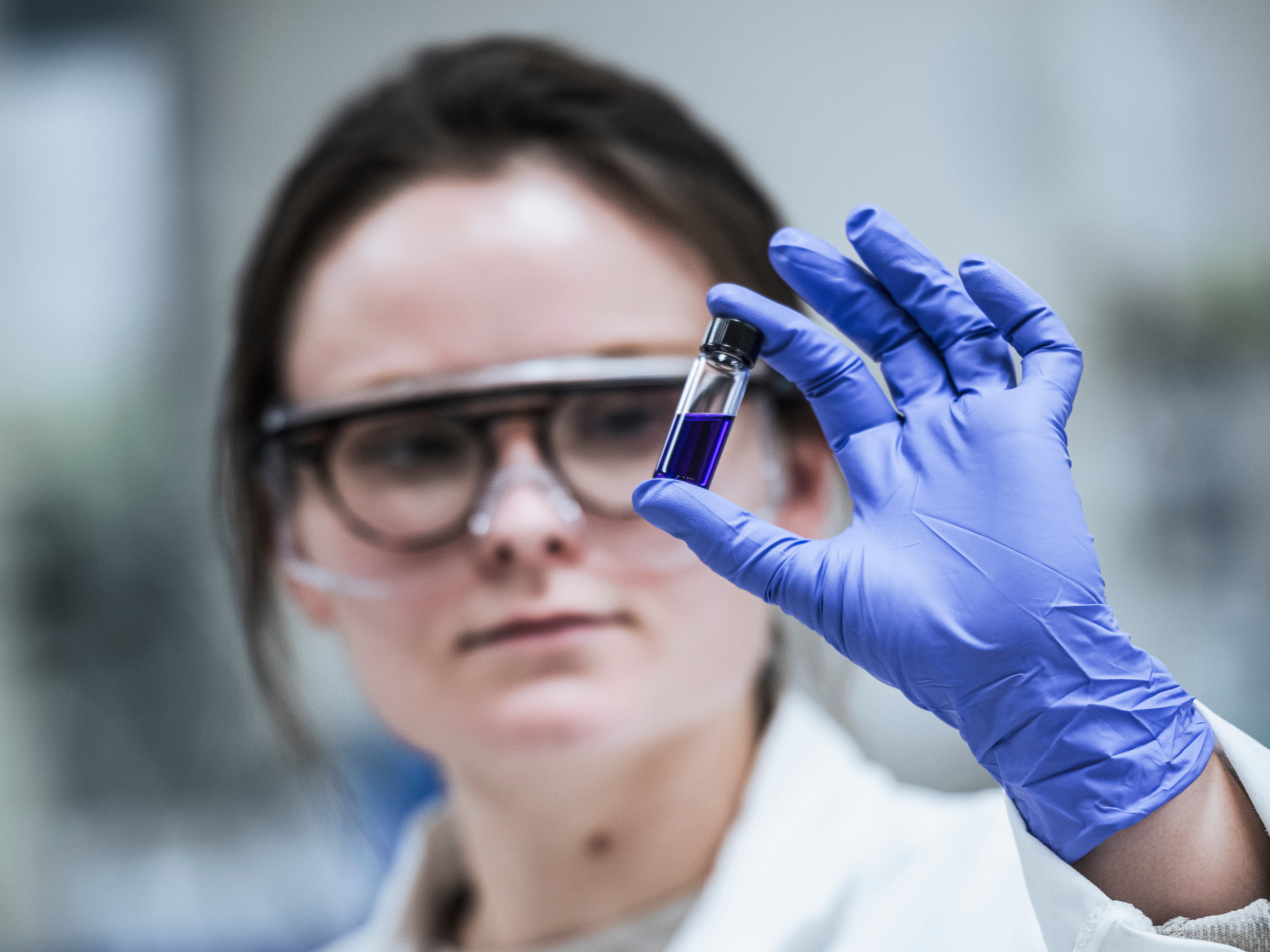The Use of Platform Methods in Impurities Testing of Biologics
Biopharmaceutical drug products are monitored for critical quality attributes (CQAs) throughout the development of manufacturing processes and during regulatory filings.
As defined by the US Food and Drug Administration (FDA), critical quality attributes are “a property or characteristic that should be within an appropriate limit, range, or distribution to ensure the desired drug quality/safety.” To ensure the desired product quality, impurities that have been identified as CQAs should be within an appropriate limit, range, or distribution.
Defining biological product impurities
Impurities can be unidentified, partially characterized, or of known structure. The International Council for Harmonization (ICH) has defined biological product impurities in Q6B guidance, Test Procedures and Acceptance Criteria for Biotechnical/Biological Products, as:
Product-related impurities
Product-related impurities (e.g., precursors or certain degradation products) are molecular or post-translational variants that arise during manufacturing and/or storage that do not have properties comparable to those of the desired product with respect to activity, efficacy, or safety.
Process-related impurities
Process-related impurities in biologics are derived from the manufacturing process, as described in ICH Q6B guidance, and can include:
- Cell substrates (e.g., host cell DNA or host cell proteins);
- Cell culture (e.g., media components, inducers, or antibiotics), and/or
- Downstream processing constituents (e.g., bioprocessing enzymes, ligands, chemical and biochemical processing reagents, carriers, inorganic salts, solvents, and leachables).
While process-related impurities may present a direct risk to product stability, safety, or efficacy, including immunogenicity or clinical safety risk, it should be noted that impurities may still impact the safety or efficacy of a biologic product in some manner even if said impurities do not pose a direct risk to patient safety.
Assessing, controlling and monitoring impurities in biologics
A critical first step in designing control strategies to reduce or remove impurities from the final biologic product is to establish a clear understanding of the impurities present in the biologic. In addition to developing and validating effective and robust test methods to monitor and control impurities, development, small-scale, and validation studies must not only correctly represent production processes, but also emulate worst-case scenarios for clearing impurities.
When developing a strategy to control impurities in large molecule drugs, an experienced contract development and manufacturing organization (CDMO) who acts as a true, consultative partner can be an invaluable resource. In addition to providing input and guidance regarding assay validation criteria for methods, a consultative CDMO partner can help to determine and plan which assays are needed, and at which points during the drug development lifecycle those assays are needed. Element has the technical capabilities, scientific expertise, and regulatory knowledge to support the analytical testing required to assess and control impurities in biological products throughout the development process. Our consultative, expert scientists act as true partners throughout the entire drug development lifecycle, working alongside clients to provide phase-appropriate solutions that meet the specific needs of their large molecule therapies.
Success and the benefits of platform assays and methods
To meet regulatory expectations and aggressive development timelines, it is critical that methodologies to evaluate the quality of biologics are rapidly available. Moreover, for certain biologic modalities, such as gene and cell therapies, standard assays to quantify product and process impurities are becoming increasingly standardized. Platform assays and methods offer a multitude of benefits, including expedited timelines and reduced costs. Existing robust platform methods have been developed for a broad range of matrices within Element. Consequently, there is a high probability that an entire pipeline of biologic products could be analyzed with Element’s existing platform methods with minimal modifications and product-specific validations, if necessary.
Determining whether platform methods the right approach for your biologic
While platform methods are a powerful tool that can be used throughout the biologic product life cycle, platform methods are particularly effective in expediting method development and validation for use in the release of drug product for human clinical trials. Existing methods can be reviewed to determine whether employing a platform method is an appropriate approach after the impurities that need to be assessed are known, as shown in Figure 1.

Figure 1. Biologic product platform methods decision tree
Matrix suitability will be performed to establish the assay conditions specific to the drug substance at any given stage of the bioprocess if a platform method is available for the impurity of interest. When compared to the amount of time it would take to develop a new method for the CQA if a platform method were not available, the time commitment to perform a matrix suitability test is considerably shorter. If required, based on the phase-appropriateness of the program, matrix verification or validation would be performed to establish a cGMP-compliant method specific to the sample type and specific product at hand. Following either matrix suitability (non-GMP) or validation (cGMP-compliant), dependent upon the stage of the product life cycle, sample analysis can be performed. As detailed in Figure 1, the time commitment is significantly reduced when platform methods are utilized as a starting point.
Element has a host of established methods available for many common process-related impurities (e.g., Kanamycin, Streptomycin, IPTG, Glutathione, etc.). Get in touch with an expert to learn more.
Find related Resources
Learn more

Biopharmaceuticals and Biologics Analysis
Element’s significant expertise in all stages of biologics R&D, from in-house protein biochemistry and molecular biology to cellular biology and QC experience, supports the entire product development life cycle.

Extractables and Leachables Studies
Element's extractables and leachables studies offer tailored solutions that ensure patient safety and compliance with industry standards.

Cell Culture & Cell-Based Bioassay Services
Element's cellular assay experts provide best-in-class cell culture and cell-based bioassay services for biologic drug discovery and development programs.
Sign Up for Free Resources
Visit Element's email subscription center to receive the latest industry news, technical whitepapers, case studies, webinars, and upcoming events.
